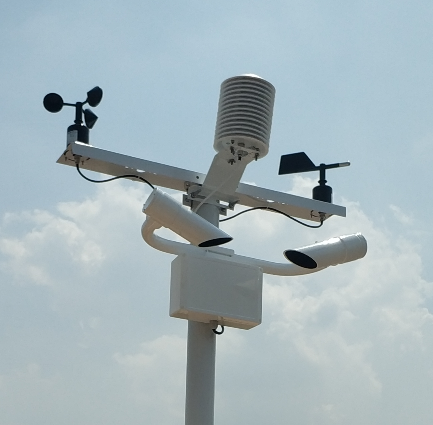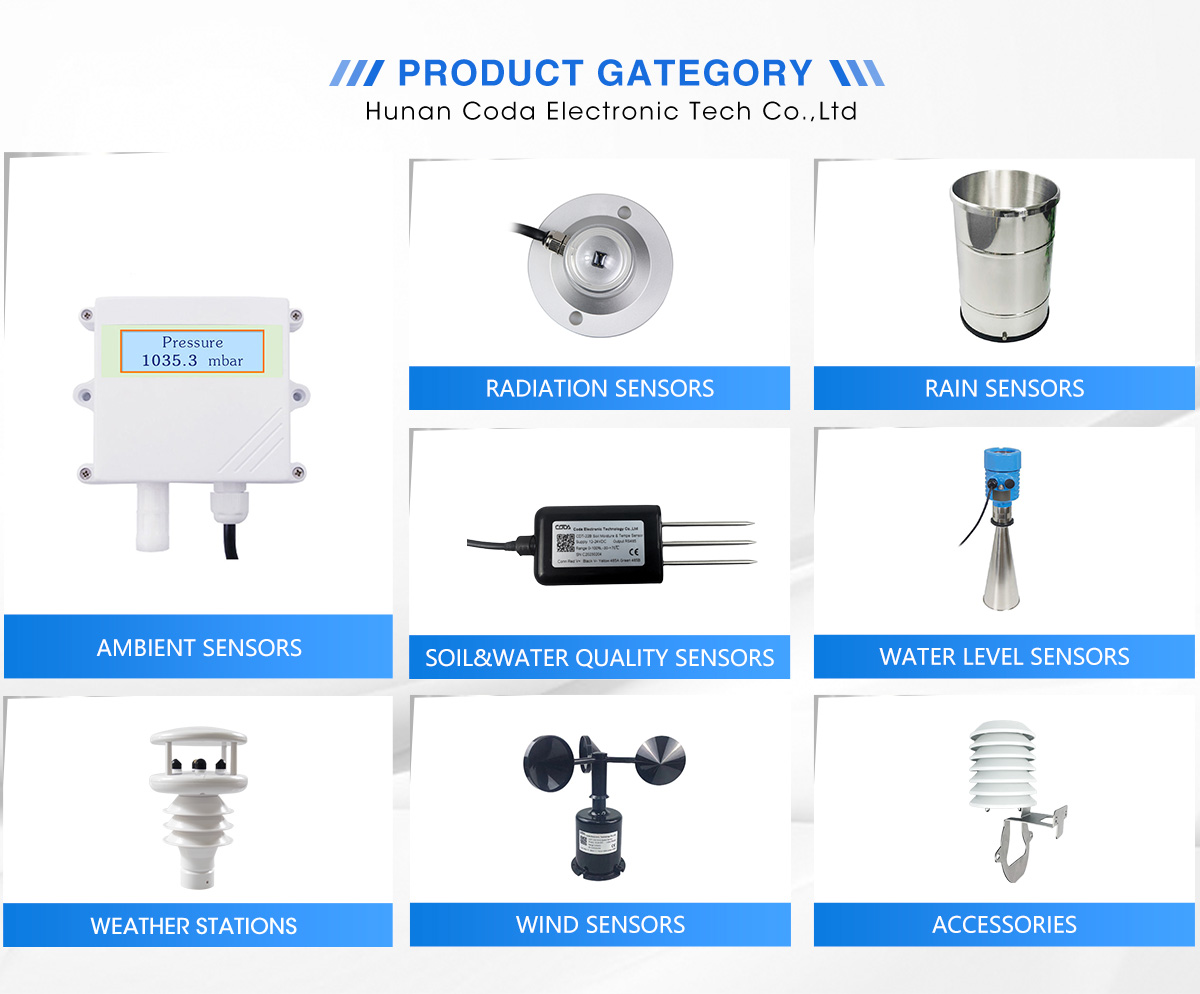Accurate weather data is essential for agriculture, construction, energy management, and environmental monitoring. A weather station, whether for personal or professional use, needs precise calibration. This ensures accurate measurements of temperature, humidity, wind speed, and rainfall. Calibrating a weather station is crucial for reliable data. Understanding the process and performing regular calibrations is important.
This guide will walk you through the steps to calibrate your weather station. We will also discuss why maintaining accuracy over time is vital.
Before we start, let’s explore why calibration matters. Weather stations use sensors to collect data. Over time, sensors can drift. This happens because of environmental factors, wear, or changes in the atmosphere. Regular calibration ensures that your sensors provide accurate measurements reflecting actual weather conditions. Without it, your weather station might provide incorrect data. This can affect decisions in farming, construction, or environmental research.

When calibrating a weather station, focus on these key sensors:
Temperature Sensor
Temperature sensors can lose accuracy from direct sunlight, wind, or environmental changes. Calibrating ensures accurate readings.
Humidity Sensor
Humidity sensors can drift over time. This is common in high moisture or extreme temperature conditions. Calibration ensures reliable readings.
Wind Speed and Direction Sensors
Wind sensors can get clogged with dirt or ice, affecting their readings. Regular calibration is key for accurate wind data.
Rain Gauge
Rain gauges can become inaccurate with debris or obstructions. Calibration ensures correct rainfall data, crucial for agriculture and flood monitoring.
Solar Radiation Sensor
Calibrate this sensor for solar-powered systems. This ensures accurate sunlight intensity readings, which affect solar energy generation.
Now that we know why calibration is important and which sensors to focus on, let’s go over the calibration steps.
Prepare the necessary tools and Equipment
Calibration equipment (e.g., certified thermometer for temperature, hygrometer for humidity)
A reference for wind speed (e.g., an anemometer)
A bucket for rain gauge calibration.
A clean, flat surface for your sensors
Calibrate the Temperature Sensor
Step 1: Use a certified thermometer to check your temperature sensor's accuracy. Place it in the same location as your weather station.
Step 2: If there's a difference, adjust the sensor readings based on the thermometer. Some weather stations allow manual adjustments through software or an app.
Calibrate the Humidity Sensor
Step 1: Use a hygrometer or a reference chamber with a known humidity level.
Step 2: If the readings are off, adjust the sensor to match the hygrometer. Some stations have built-in calibration functions.
Calibrate the Wind Speed and Direction Sensors
Step 1: Use a portable anemometer or set up a controlled wind environment to compare readings.
Step 2: Make sure the wind direction sensor is aligned properly. Then, adjust the settings to match a known direction.
Calibrate the Rain Gauge
Step 1: Pour a known volume of water (e.g., 1 liter) into the rain collector and check the gauge.
Step 2: If the readings are off, change the calibration factor in the software or app until they match.
Calibrate the Solar Radiation Sensor (if applicable)
Step 1: Use a calibrated solar radiation sensor as a reference.
Step 2: Adjust until the values match the reference sensor. This is crucial for monitoring solar energy.
Test the Entire System
After calibrating, test the system by checking the output data for consistency. Compare your readings with local weather reports or reliable sources.

Calibration frequency depends on environmental conditions and the station type. However, calibrate at least once every six months or whenever discrepancies arise. If your station faces harsh weather (e.g., heavy rain or extreme heat), calibrate more often.
Avoid Direct Sunlight on Sensors: Keep temperature and solar radiation sensors out of direct sunlight.
Keep Sensors Clean: Regularly clean sensors to remove dirt, debris, or ice.
Check Sensor Placement:
Place your weather station in an open space. Keep it clear of buildings and trees. This helps ensure accurate readings.
Update Software and Firmware:
Keep your weather station’s software and firmware up to date. This helps you get the best calibration options.
To improve your weather station’s calibration and performance, consider Coda Sensor solutions. They offer advanced environmental sensors that integrate easily with your setup, such as:
Air Quality Sensors: Monitor pollutants and gases for comprehensive data.
Soil Moisture Sensors: Optimize irrigation based on accurate weather data.
Noise Pollution Sensors: Track noise levels in urban areas, enhancing your environmental monitoring.
Integrate Coda Sensor’s advanced sensors to boost your weather station's data range. This will provide you with accurate and detailed information.
Calibrating a weather station is key. It ensures accurate measurements and dependable data for many uses. To calibrate key sensors, follow these steps: temperature, humidity, wind speed, and rainfall. Regular calibration and maintenance keep your weather station giving accurate data for years.
Discover why integrating noise and weather senso
Looking for a reliable OEM noise sensor module?
Maximize fugitive dust control with integrated P
Contact: Molly
Phone: +86-17775769236
Tel: 86-0731-85117089
Email: molly@codasensor.com
Add: Building S5, Aux Square, Yuelu District, Changsha City, Hunan Province, China
We chat